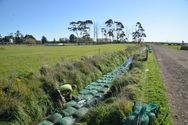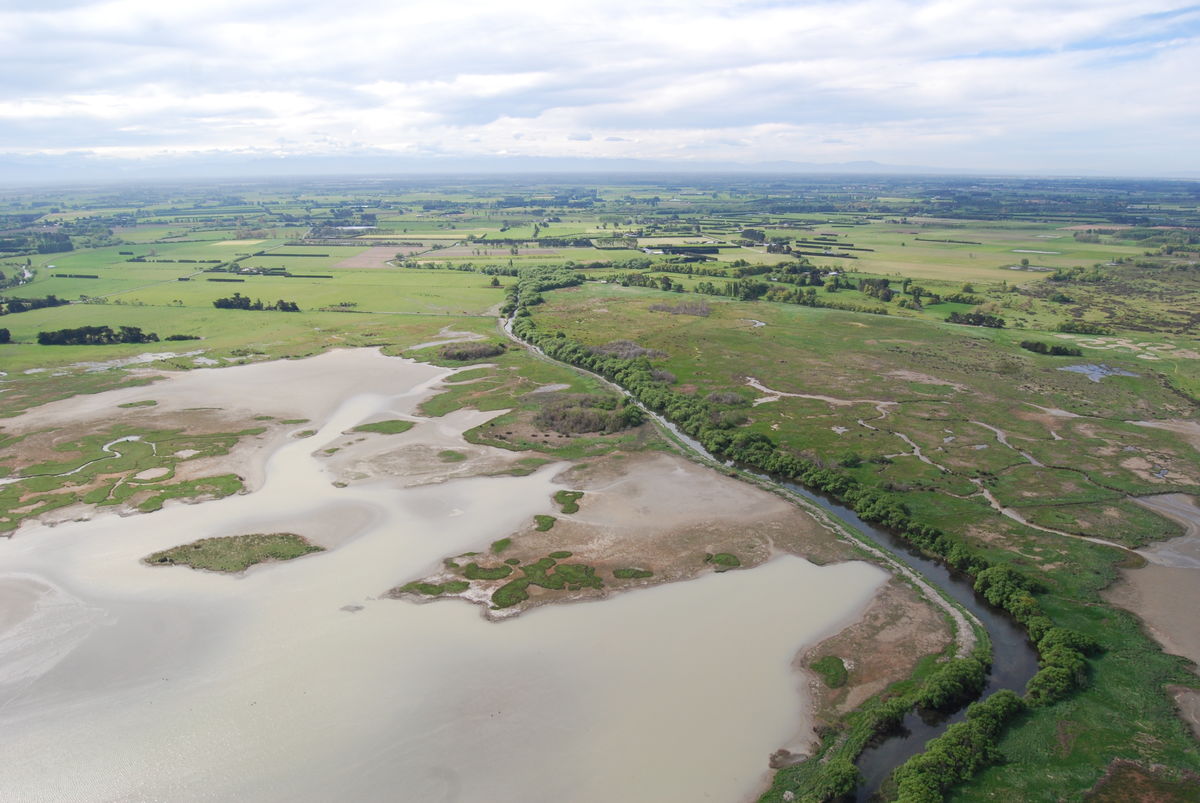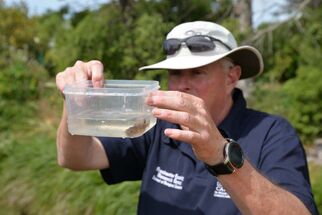
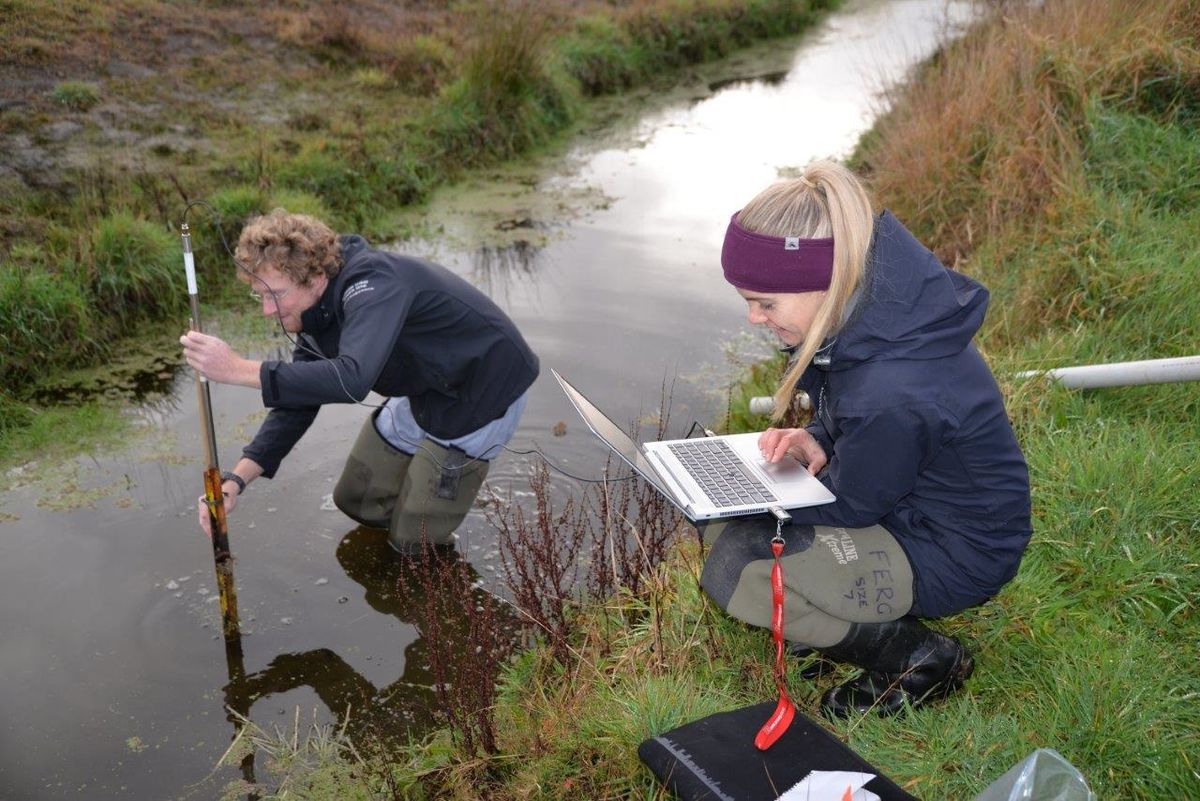
Research key to improving water quality in Ararira catchment

Research key to understanding and improving water quality in Ararira catchment
That’s one of the key findings from our two-year research collaboration with the University of Canterbury’s Carex group (Canterbury Waterway Rehabilitation Experiment) in the Ararira / LII River catchment.
Initial discussions with landowners identified some key issues in the waterways, such as high nitrate concentrations. It was only after extensive monitoring over 18 months across the catchment that the extent and locations of the problems became clear, says Department of Conservation Science Lead Dr Katie Collins.
“Research was critical to understanding how the network of drains and streams functioned across the catchment”, says Dr Katie Collins. “We discovered that while the road-side drains have water flowing in them year round, many of the on-farm drains are dry in summer. Most restoration tools for improving freshwater ecology require year-round water in waterways, so that changed the selection of tools and the location of the trials.”
The research successfully identified the locations and extent of the major issues affecting the catchment including: flooding, excessive sediment, high nitrates, poor ecology/habitat in waterways and invasive aquatic weeds such as watercress and monkey musk. Armed with this knowledge, Carex and Living Water selected some interventions to trial at carefully chosen locations across the catchment.
“We’re searching for tools that will be effective at improving freshwater on and around farms”, says Dr Katie Collins. “It’s critical we test the right tool at the right place to be confident the trials will deliver meaningful results. On-going monitoring will tell us whether the tools are effective at solving the specific problems identified in that waterway. If the tools work they could be used in appropriate locations across the catchment.”

Katie Collins
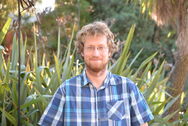
Chris Meijer
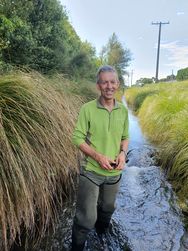
Robin Smith

Hayley Devlin
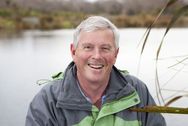
DR JON HARDING
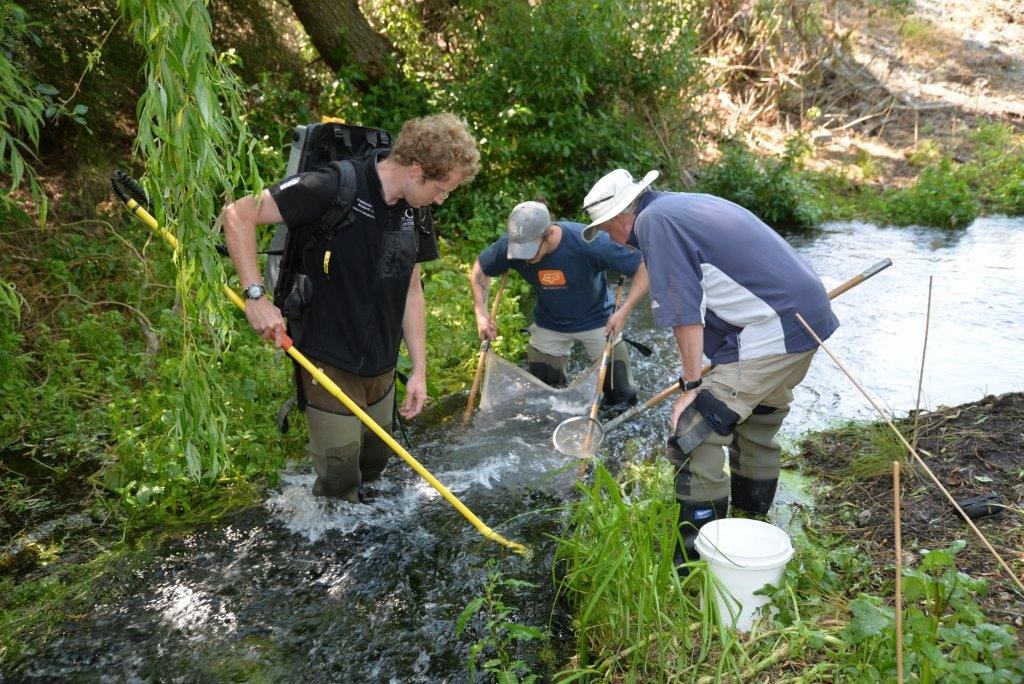
Monitoring identified the primary issue in the catchment is fine sediment suspended in the water. Routine mechanical clearing to remove aquatic weeds and sediment has created steep-sided drains that are designed to remove water quickly. However, these drains are also unstable and prone to erosion and collapse. Fine sediment from the banks is suspended by the water as it flows quickly, decreasing water quality and clarity. As sediment settles on the bed when water slows down, it smothers habitat for aquatic invertebrates and reduces food sources for fish. Lack of shading encourages the growth of aquatic weeds which then clog waterways, flooding farmland. Once sediment and weeds clog the drains mechanical clearing takes place repeating an endless cycle of ecosystem degradation.
Two tools are being trialled to address excessive sediment: a two-stage channel and sediment traps. The two-stage channel adds mini-flood plains or benches inside the existing waterway. The benches are designed to hold floodwater and reduce water velocity, causing sediment to drop out. These benches can be planted with grasses to provide shading and trap more sediment. Two-stage channels have been widely constructed in the USA and this waterway at 700 metres long is the first fully sized one in New Zealand. A sediment trap is a deeper hole in the stream bed. As water flows over the trap speed decreases and sediment drops into the hole.
“In the Ararira catchment, construction of two-stage channels, sediment traps and a denitrifying bioreactor have the potential to address flooding, sediment and nitrate issues all at once”, says Dr Katie Collins. “That’s because the two-stage channel can hold more water in flood events, slow it down to be less destructive to aquatic life, and cause less erosion. Sediment traps will capture even more sediment. We have also constructed an open channel bioreactor, consisting of wood chips in onion bags anchored to the stream bed, to address the nitrates in the water. Bacteria and algae in the woodchips convert the nitrates to harmless nitrogen gas through the process of denitrification. We’re very encouraged by the potential of these tools.”
The success of these trials along with other Living Water projects, has led to a Memorandum of Understanding being signed with the Selwyn District Council and Te Taumutu Rūnanga to work together on an integrated catchment plan for the Ararira/LII River area that recognises cultural, ecological and biodiversity values alongside drainage requirements and reduces contaminants flowing into Te Waihora / Lake Ellesmere. Read the story here.
Living Water created the partnership with Carex in 2018 after recognising an overlapping interest in improving freshwater and because no one organisation has all the skills, knowledge and influence to improve freshwater. By trialling a variety of tools in five catchments around New Zealand, Living Water is compiling an online database of tools to make it easier for farmers, iwi and communities to improve freshwater quality.
Stay up to date with the latest news from the partnership by following us on Facebook, Twitter, LinkedIn, Instagram and subscribe to our newsletter.
